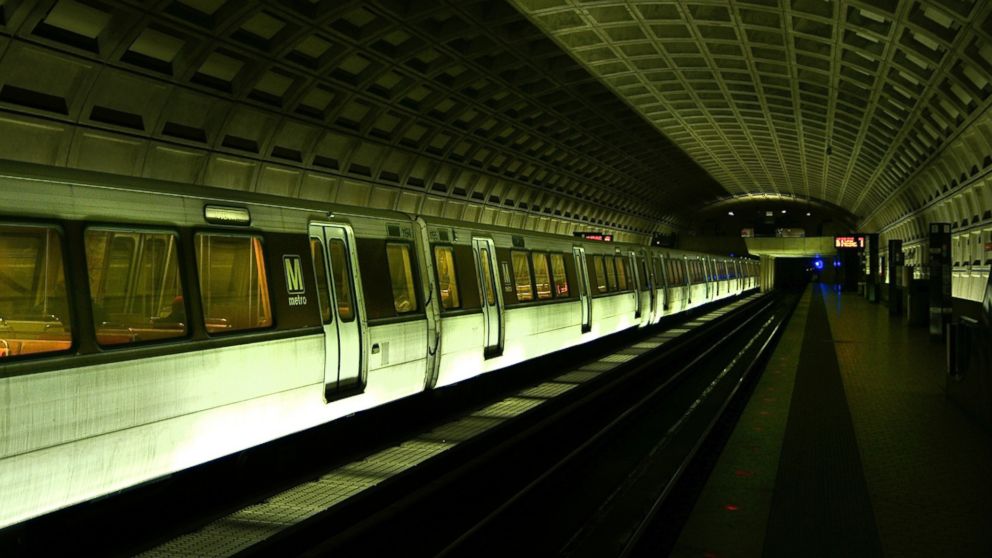DC Metro 'Safety Surges' Will Include Multiple Weeks-Long Outages, Official Says
“We’re going to have a lot of cranky people," a Metro official said.

— -- For weeks at a time, various portions of the Washington Metro system will be shut down for maintenance, General Manager Paul Wiedefeld is expected to announce Friday, according to a Metro official with knowledge of the plan.
It’s an unprecedented move that could cripple transit for commuters in D.C., Maryland, and Virginia. On average, the system sees more than 700,000 boardings each weekday.
Wiedefeld’s comprehensive track work plan will include “safety surges” that include both long-duration track outages and long-duration continuous single tracking, which could last for several weeks at a time, and would remain in place even during rush hour, the official said.
The program will likely last almost a year, with crews alternating between various segments on five lines. Metro will work around major events, like July 4, the presidential inauguration and the cherry blossom festival.
The surges will focus on heavy-duty track work, like replacing wooden rail ties. “There just aren’t enough hours in the day” to complete the necessary repairs within Metro’s normal schedule, the official told ABC News.
As he acknowledged, though officials will deploy “dozens and dozens” of shuttle buses, Metro won’t be able to replace train capacity with buses. A single train can carry about 800 people, while a bus can carry about 50, meaning you’d need 16 buses every three minutes to match train capacity during rush hour.
“You can’t put 10 pounds of potatoes in a 5-pound bag,” the official said.
Instead, Metro officials are encouraging commuters to carpool, bike, walk, work from home or drive to a different metro line. They’re also working with local jurisdictions, which they hope will consider adjusting traffic-light timing and modify high-occupancy vehicle lane rules. And the U.S. Office of Personnel Management may also be able to make adjustments for federal workers.
“We’re going to have a lot of cranky people for a long time,” the official said.
This announcement comes less than two months after Wiedefeld shut down the entire system for 29 hours for emergency safety inspections.




